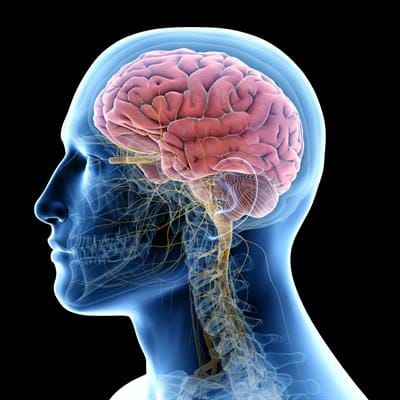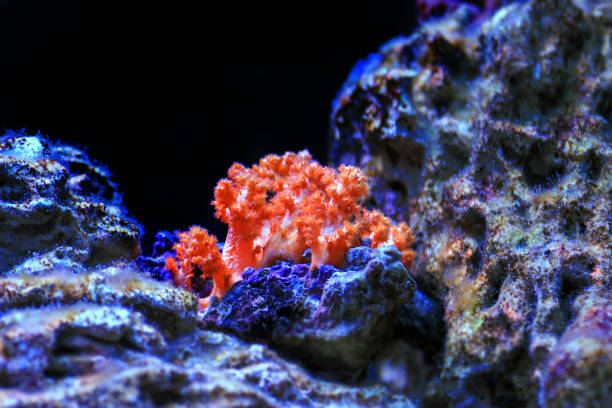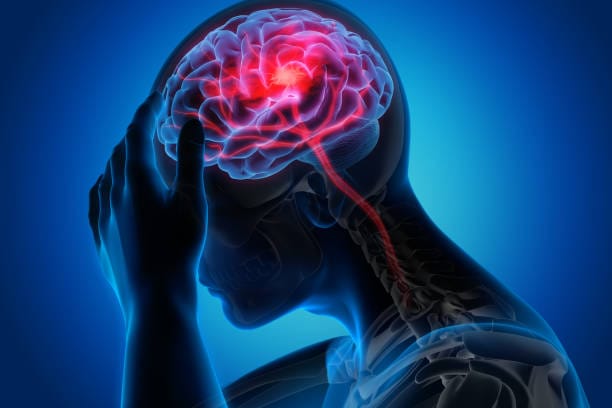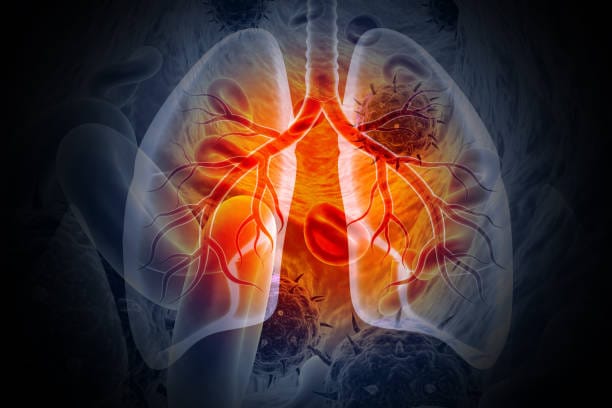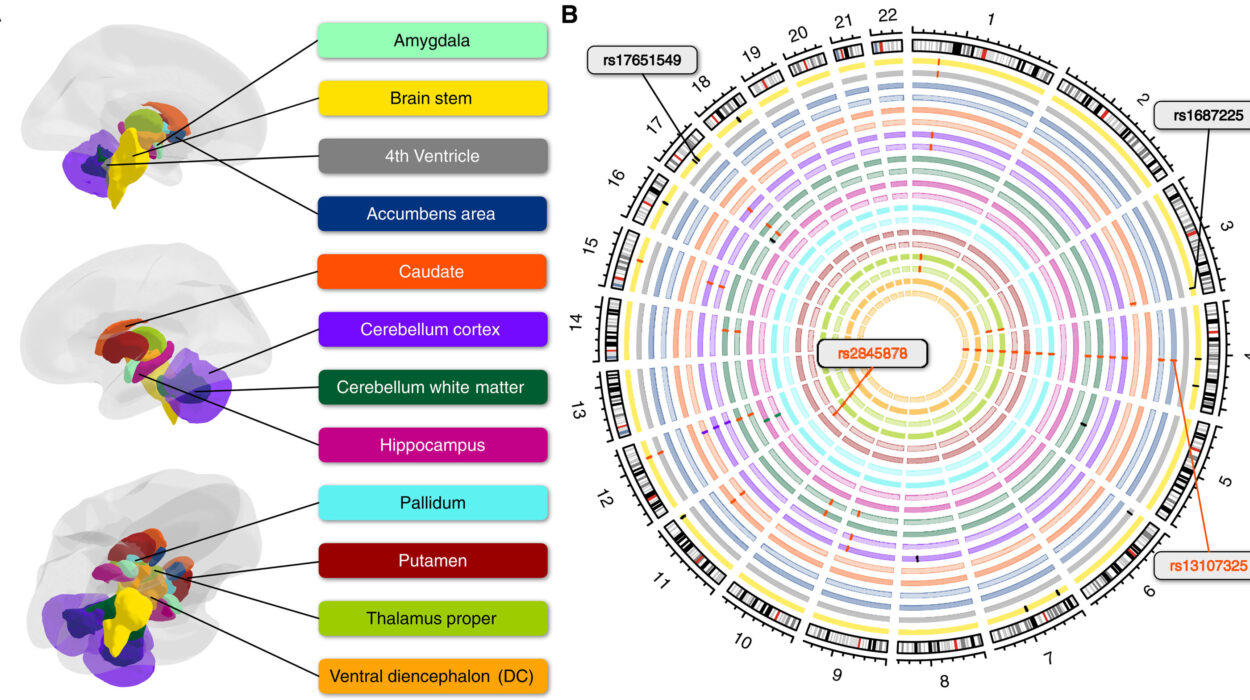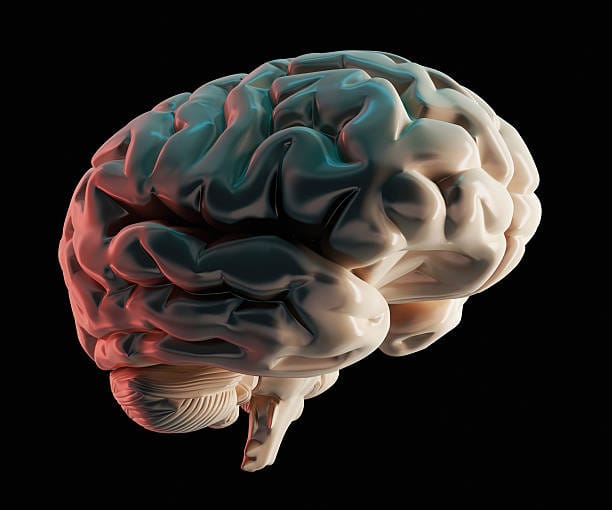Memory is more than just a storage device for facts and experiences. It is the very essence of who we are — a complex and dynamic process that shapes our identity, guides our decisions, and colors our emotions. Among the various types of memory, long-term memory holds a special place because it preserves information across days, months, and even decades. It is the deep archive of our lives, a living tapestry woven from countless threads of experience.
Yet, long-term memory is not infallible. We forget names, misplace keys, struggle to recall important information — frustrations familiar to us all. Understanding how memory works at the biological level reveals ways to strengthen it. Modern brain science has unraveled many of the mysteries behind memory formation, storage, and retrieval, opening doors to techniques that can improve our capacity to remember.
The journey to improving long-term memory is both scientific and deeply human. It is about harnessing the brain’s natural mechanisms, respecting its limitations, and nurturing it with lifestyle habits, mental exercises, and emotional engagement that foster resilience and growth.
What Is Long-Term Memory and How Does It Work?
Before we explore how to improve long-term memory, it is essential to understand what it is and how it functions inside the brain. Long-term memory refers to the ability to store and retrieve information over extended periods. Unlike short-term memory, which holds information briefly (seconds to minutes), long-term memory can last from hours to an entire lifetime.
At the neurological level, memory involves the encoding, consolidation, storage, and retrieval of information. The process begins when sensory input enters the brain, where it is briefly held in working memory. If deemed important, this information is encoded — transformed into a neural code that can be stored.
The hippocampus, a seahorse-shaped structure deep within the brain’s temporal lobes, plays a crucial role in this process. It acts as a memory hub, helping consolidate new memories and linking them to existing knowledge. Over time, memories become less dependent on the hippocampus and more integrated within the cortex, the brain’s outer layer, allowing for long-term storage.
Neurons communicate through synapses, and memory formation involves strengthening these connections — a process known as synaptic plasticity. Long-term potentiation (LTP) is the biological basis of this strengthening, where repeated activation of neural circuits makes future signals more efficient. This cellular process is at the heart of learning and memory.
The Emotional Color of Memory: Why Feelings Matter
Memory is not just a cold, mechanical process; it is deeply intertwined with emotion. Emotional experiences tend to be remembered more vividly and accurately than neutral ones. This is because the amygdala, the brain’s emotional center, interacts closely with the hippocampus, tagging emotionally significant events for prioritized storage.
The release of stress hormones like adrenaline and cortisol during emotional moments enhances memory consolidation. This explains why moments of joy, fear, or trauma often imprint themselves in our minds with exceptional clarity.
Harnessing this emotional connection can improve long-term memory. When we learn with passion, curiosity, or personal relevance, the emotional circuits light up, making the encoding process more robust. This insight reveals why purely rote memorization can be ineffective — it lacks emotional engagement.
Sleep: The Silent Architect of Memory
One of the most powerful, yet often overlooked, factors in improving long-term memory is sleep. Sleep is not just a passive rest; it is an active process essential for memory consolidation. During different sleep stages — particularly slow-wave sleep and REM sleep — the brain replays the day’s experiences, strengthening neural connections and integrating new information into existing networks.
Scientific studies have shown that people who sleep well after learning perform significantly better on memory tests than those who are sleep-deprived. This is because sleep clears metabolic waste from brain cells, stabilizes synaptic changes, and supports the transfer of memories from the hippocampus to the cortex.
Prioritizing good sleep hygiene — regular sleep schedules, a dark and quiet environment, and avoiding stimulants before bed — can dramatically improve your brain’s ability to store long-term memories.
Nutrition and Memory: Feeding the Brain for the Long Haul
The brain, despite weighing only about 2% of body mass, consumes roughly 20% of the body’s energy. Proper nutrition fuels the brain’s complex biochemical processes and supports synaptic plasticity. Certain nutrients and dietary patterns have been scientifically linked to better memory and cognitive function.
Omega-3 fatty acids, found in fish oil, walnuts, and flaxseeds, support neuron structure and communication. Antioxidants like vitamins C and E protect the brain from oxidative stress, which can damage cells and impair memory. B vitamins are essential for producing neurotransmitters, the chemicals that allow neurons to communicate.
Moreover, diets rich in fruits, vegetables, whole grains, and lean proteins — like the Mediterranean diet — have been associated with a lower risk of cognitive decline and stronger memory.
Hydration also plays a crucial role. Even mild dehydration can impair cognitive functions, including memory retrieval.
The Role of Physical Exercise in Memory Enhancement
Physical exercise is not just about muscle and heart health; it profoundly impacts brain function. Aerobic exercise increases blood flow to the brain, delivering oxygen and nutrients essential for neuronal health. It also promotes the release of brain-derived neurotrophic factor (BDNF), a protein that supports the growth, maintenance, and plasticity of neurons.
Regular exercise has been shown to improve hippocampal volume, particularly in older adults, correlating with better memory performance. Movement stimulates neurogenesis — the creation of new neurons — especially in brain areas involved in memory.
Moreover, exercise reduces inflammation and stress, both of which can impair memory. Beyond biology, physical activity improves mood and sleep quality, indirectly benefiting memory.
Mindfulness and Meditation: Calming the Mind to Sharpen Memory
In recent years, mindfulness and meditation have emerged as powerful tools for enhancing cognitive function, including memory. These practices train attention and awareness, reducing mental clutter and emotional reactivity.
Neuroimaging studies have found that mindfulness meditation increases gray matter density in brain regions linked to learning and memory, including the hippocampus. Meditation also improves working memory capacity and the ability to filter distractions, leading to better encoding of information.
Emotionally, meditation fosters calmness and resilience, reducing the negative impact of stress hormones on memory.
Learning Strategies Rooted in Brain Science
Improving long-term memory is not just about lifestyle; it also involves how we learn and practice information. The brain learns best when it actively engages with material in meaningful ways. Passive reading or listening often leads to fragile memories that fade quickly.
Techniques such as spaced repetition — reviewing information at increasing intervals — leverage the brain’s natural forgetting curve, reinforcing memories just as they begin to fade. This method enhances long-term retention by encouraging synaptic strengthening over time.
Another approach is elaborative encoding, where new information is linked to existing knowledge or personal experiences. This creates a richer network of associations, making retrieval easier and more reliable.
Visualization and storytelling also enhance memory by engaging multiple brain regions. When information is embedded within a narrative or vivid mental image, it becomes emotionally and contextually meaningful.
The Importance of Social Connection and Mental Stimulation
Human brains evolved in social environments, and social interaction remains a vital ingredient for cognitive health. Conversations, shared experiences, and emotional support stimulate brain areas involved in memory and executive function.
Loneliness and social isolation have been linked to cognitive decline, highlighting the importance of maintaining relationships for brain health.
Beyond social connection, mental stimulation through puzzles, reading, learning new skills, or engaging in creative activities promotes neural plasticity. Challenging the brain with novel tasks encourages growth and resilience of memory circuits.
The Challenges of Aging and Memory Loss
Memory tends to decline with age, but it is far from a predetermined fate. Age-related memory loss is often due to changes in brain structure, reduced neurogenesis, and slower synaptic signaling. However, many of the lifestyle factors already discussed — sleep, exercise, nutrition, social engagement, and mental stimulation — can mitigate this decline.
In some cases, pathological conditions such as Alzheimer’s disease cause severe memory loss. Understanding the difference between normal aging and disease is critical.
Recent research into brain plasticity offers hope, showing that the aging brain can still form new connections and recover function when given the right support.
Harnessing Technology: The New Frontier for Memory Enhancement
In our digital age, technology offers new ways to support and enhance memory. Cognitive training apps, virtual reality environments, and neurofeedback are being developed to target specific memory functions.
While some skepticism remains about the efficacy of “brain training” apps, ongoing research suggests that targeted, adaptive training can improve working memory and attention, foundational for long-term memory formation.
Wearable devices that monitor sleep and stress provide personalized data that can help optimize lifestyle choices for better memory.
The Emotional Reward of a Sharper Memory
Improving long-term memory is not just an intellectual pursuit; it is deeply rewarding emotionally. Remembering meaningful moments strengthens identity and bonds with others. It enhances self-confidence and autonomy, especially as we age.
The process of improving memory also fosters a mindset of curiosity and lifelong learning, enriching the quality of life. It empowers us to navigate a world overflowing with information without feeling overwhelmed.
The joy of recalling a loved one’s face, a favorite song, or a cherished experience is a testament to the human spirit’s resilience and adaptability.
Conclusion: A Journey Worth Taking
Improving long-term memory is a journey of understanding and honoring the brain’s complexity. It requires embracing science, making thoughtful lifestyle choices, and engaging with the world emotionally and intellectually.
Through sleep, nutrition, exercise, mindfulness, and smart learning strategies, anyone can nurture their memory. The brain is not a static organ but a living system capable of growth and transformation at any age.
In the words of the great neuroscientist Marian Diamond, “It’s not how smart you are, it’s how you are smart.” By learning to work with our brain’s natural rhythms and capacities, we unlock the profound potential of memory — the bridge between our past, present, and future.
